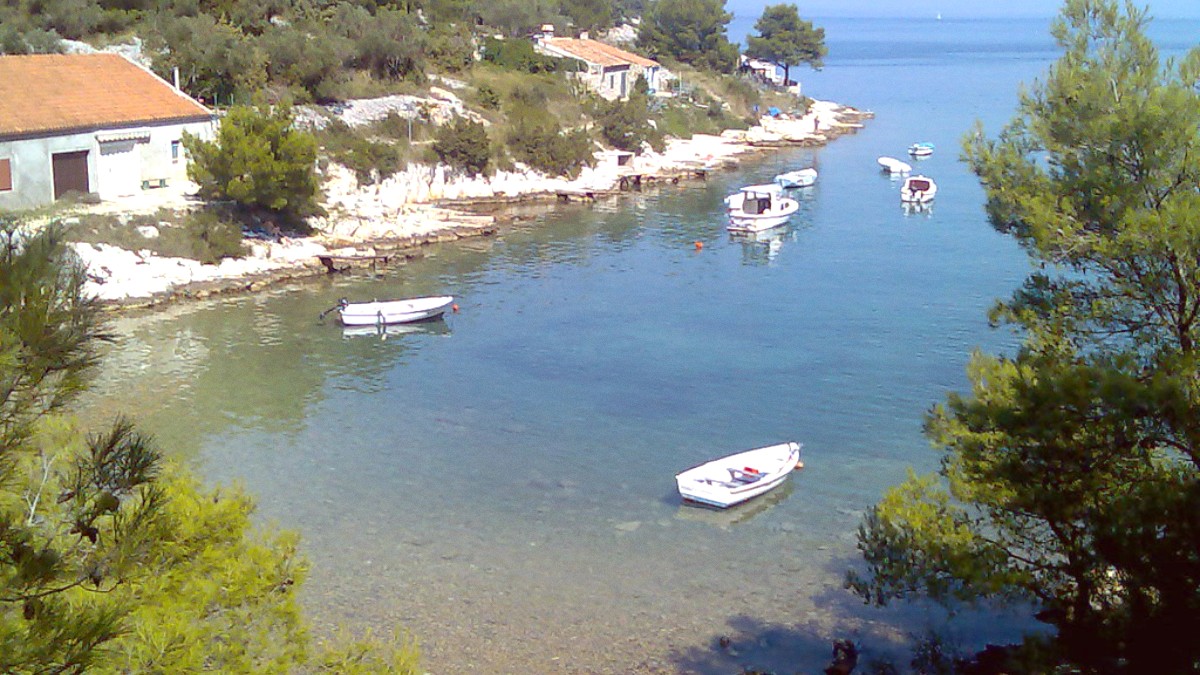
Gulf Of Kvarner, Croatia
Korzo, Rijeka's main promenade, lines itself with shops, cafes, and historic buildings displaying various architectural styles, including Neoclassical and Secessionist. This promenade has functioned as the city's central meeting point for centuries, witnessing countless historical moments and daily life unfolding.
Trsat Castle (Trsatska Gradina) is a medieval fortress perched on a 138-meter high hill, overlooking Rijeka and the Kvarner Bay. Its origins trace back to Roman times, with subsequent rebuilding and expansion over the centuries. The castle grounds present panoramic views that extend across the city, the port, and the surrounding islands.
Consider checking local weather forecasts for optimal lighting conditions.
A surviving Roman arch, integrated into the urban fabric, a subtle reminder of the city's ancient roots.
Narrow, winding streets reveal medieval and Baroque architecture, hidden passages, and small squares. This area is a sense of historical intimacy.
Korzo features impressive Austro-Hungarian Secessionist and Neoclassical buildings. The Governor's Palace, a grand late 19th-century building, exemplifies architectural ambition.
One of Croatia's important pilgrimage sites, next to Trsat Castle, featuring a Franciscan monastery and church.
Former WWII air raid shelters, now open as a pedestrian tunnel, presenting a glimpse into military history and underground urban space.
Rijeka's location grants access to both urban green spaces and broader natural wonders.
A pleasant park near the city center, an urban green escape.
Of the Faculty of Pharmacy and Biochemistry: A small but interesting botanical collection.
A memorial park with greenery, a space for quiet reflection.
Just outside Rijeka, this mountainous area holds hiking trails, forests, and panoramic viewpoints.
A larger national park in Gorski Kotar (about an hour's drive), featuring diverse flora and fauna.
The most iconic panoramic views of Rijeka, the port, and the Kvarner Bay.
Views from the breakwater extend across the bay.
Another viewpoint near Trsat offering expansive vistas.
Risnjak National Park is home to large mammals like lynx and bears, though direct sightings are not guaranteed. Birdwatching is also possible in various natural areas.
Rijeka holds several city beaches, mainly pebble beaches along the coast: Ploče Beach (Blue Flag), Kostrena Beaches (east of Rijeka), and Kantrida Beach (west).
No large lakes are directly within Rijeka. The Rječina River flows through the city but is not used for significant recreational activities.
Capture city views from the Molo Longo at dusk. Seek out unique industrial architecture combined with historical buildings for compelling contrasts.
Beyond the main attractions, Rijeka holds lesser-known spots that present unique insights and experiences.
Experience Rijeka's essence through these captivating images.
Group nearby attractions to save time and energy. Consider walking tours for a comprehensive overview.
Opening times for museums and attractions can vary seasonally. Always confirm before your visit, especially for public holidays.
Rijeka can be sunny. Carry water and sun protection during warmer months. Umbrellas may be useful in spring/autumn.
Visit local tourist information centers for maps, brochures, and current event listings. They represent a valuable resource.
Utilize Rijeka's bus network for travel between neighborhoods, especially for Trsat or coastal areas. This is a cost-effective option.
Many attractions involve walking, notably in the Old Town or Trsat. Comfortable shoes are highly advisable.
Consider a local guide for insights into Rijeka's history and culture. They uncover hidden stories.
Book a Guide on GetYourGuideWhen visiting religious sites, dress modestly. General respect for local customs and traditions is always welcome.
Museums frequently host temporary exhibitions and special programming.
Explore the revitalization of former industrial zones, like Exportdrvo (housing the MMSU), transforming into cultural spaces.
Explore various "mural" and street art locations, especially in the Brajdica area and former industrial zones.
Search for small, traditional konobas tucked away from main tourist streets for authentic local dining.